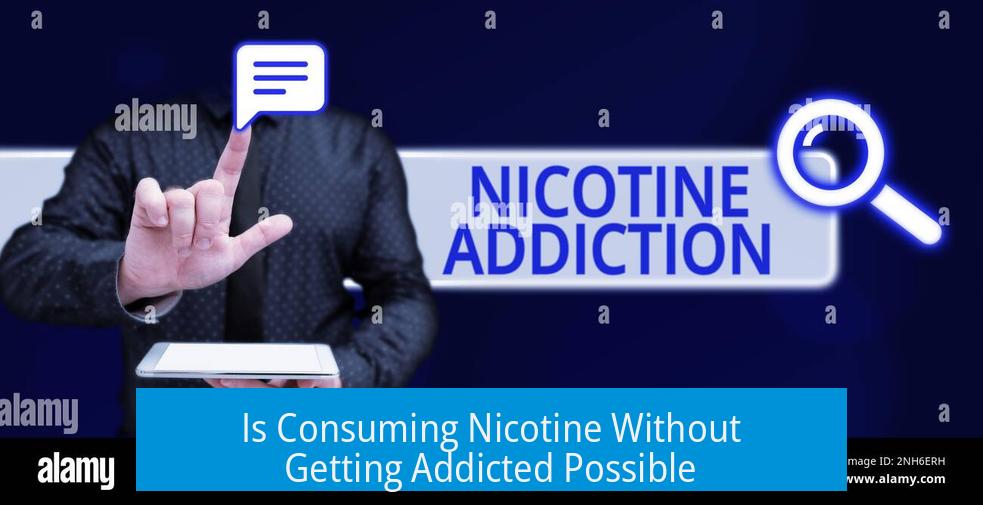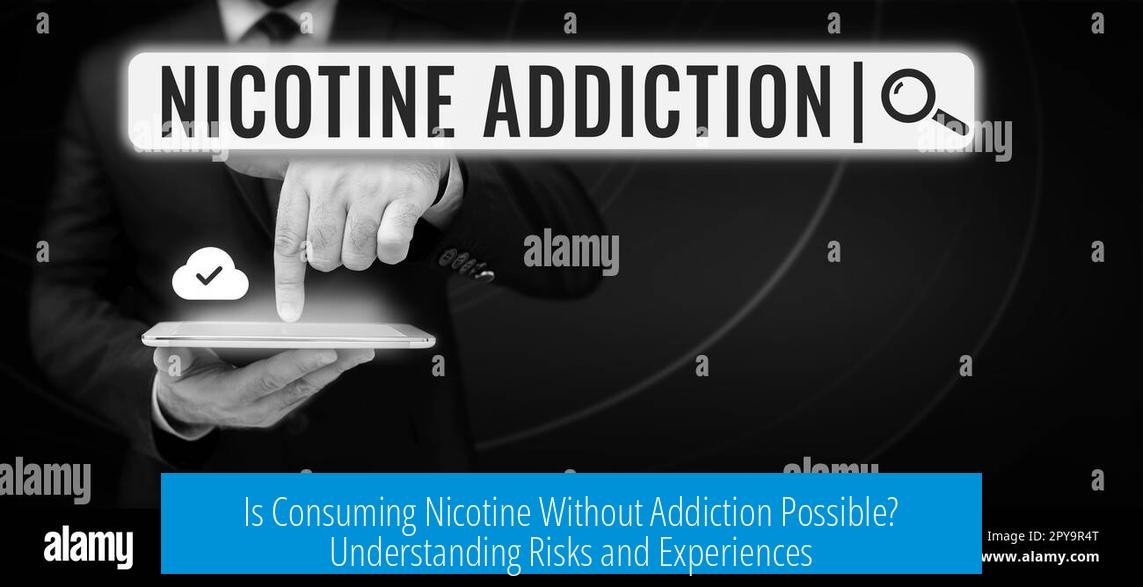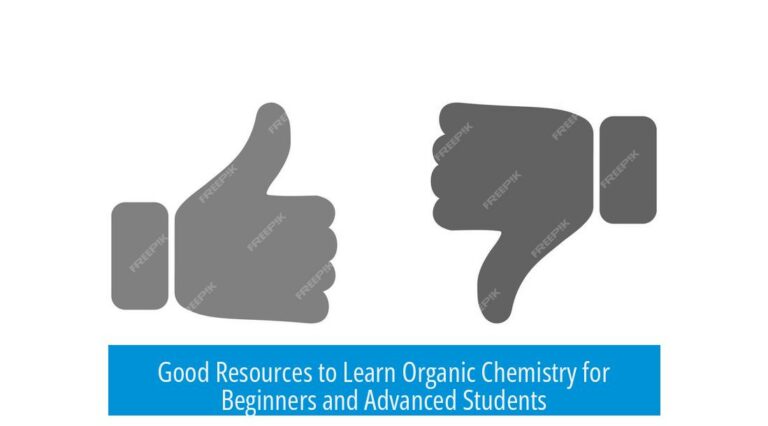Is Consuming Nicotine Without Getting Addicted Possible?

Consuming nicotine without becoming addicted is possible but highly unlikely and risky, depending heavily on individual factors, usage frequency, and method of consumption. Nicotine is a powerful addictive substance, comparable to heroin in dependence potential, and most users develop addiction within days. Yet, some individuals manage occasional use without addiction by exercising strict self-control and limiting intake.
The Addiction Potential of Nicotine
Nicotine is well-known for its strong addictive properties. Cessation rates remain low — only about 7% of users attempting to quit succeed. Addiction results not just from the chemical’s effects but also the habitual behavior associated with use.
Dependence develops rapidly. Nicotinic receptors in the brain upregulate within 10 days of exposure, leading to decreased dopamine release in reward areas and increased cravings. This cycle potentiates addiction swiftly after initiation.
Individual susceptibility varies. Genetic and psychological factors influence the likelihood of addiction. While some people become dependent quickly, others show resistance and manage controlled use without developing cravings.
- Some users report social or occasional nicotine use over many years without addiction.
- Others experience difficulty quitting even after short-term use.
- Self-discipline significantly affects the outcome.
Influence of Consumption Methods on Addiction Risk
The route of nicotine administration strongly affects its addictiveness. Faster delivery to the brain creates a higher addiction risk.
- Smoking or vaping: Delivers nicotine rapidly by inhaling, causing quick blood concentration spikes and intense reinforcement.
- Oral use (gum, lozenges, patches): Slower absorption decreases addiction risk.
- Nicotine pouches: Some resemble cigarettes in addiction potential due to delivery speed.
Combustion products in smoked tobacco, such as acetaldehyde, enhance nicotine’s addictive effect by acting synergistically with nicotinic receptors, making smoking more addictive than non-combustible forms.
Using tobacco-free nicotine products reduces exposure to carcinogens found in tobacco leaves. Options like nicotine gum or transdermal patches offer safer alternatives with lower addiction likelihood.
User Experiences of Nicotine Use Without Addiction
Reported cases show that some individuals consume nicotine occasionally without developing dependency. For example, social smokers or light users may enjoy nicotine in controlled situations with no desire for constant use.
- Some have taken nicotine a few times monthly or yearly with no cravings.
- Others used vaping for a month yet quit easily afterward.
- Occasional cigar smoking a few times per year is another example.
These experiences suggest that controlled, infrequent consumption can avoid addiction in some. However, they rely on strong personal limits and awareness of risks.
Nicotine’s Effects Beyond Addiction
Nicotine exhibits complex effects on the brain:
- It has neuroprotective properties that may help against neurodegenerative diseases such as Alzheimer’s and Parkinson’s.
- Its action as a nootropic improves attention and cognitive performance in some users.
- Nicotine analogs are being researched as potential treatments for dementias.
Despite these potential benefits, nicotine is also neurotoxic. It damages brain regions that regulate the ‘stop’ signals controlling intake, facilitating addiction. Additionally, it raises blood pressure and causes blood vessel constriction, increasing cardiovascular risks.
Nicotine is toxic even at low doses and can contribute to carcinogenesis independent of tobacco smoke. The negative effects often outweigh any benefits.
Harm Reduction and Recommendations
For those who choose to consume nicotine, harm reduction strategies are critical:
- Prefer nicotine gum or patches over smoking or vaping.
- Avoid tobacco leaf products to reduce carcinogenic exposure.
- Limit use to rare occasions, ideally a few times per year.
- Do not mix nicotine with other substances like alcohol or stimulants that may worsen addiction risk.
- Maintain a healthy lifestyle with exercise and balanced nutrition.
- Monitor use carefully; be honest about self-control capabilities.
Awareness and restraint are essential. Users must recognize their susceptibility and avoid habitual or daily use.
Summary of Key Points
- Nicotine is highly addictive; most users develop dependence within days.
- Some individuals may consume nicotine occasionally without addiction, but this is uncommon and risky.
- Method and frequency of use heavily influence addiction risk—smoking and vaping are worst.
- Non-combustible nicotine products like gum and patches have lower addiction potential.
- Nicotine has both neuroprotective and neurotoxic effects; harms usually outweigh benefits.
- Harm reduction involves limiting use, avoiding tobacco leaf, and choosing safer delivery methods.
- Self-control and awareness of addiction vulnerability are crucial to avoiding dependence.
Can a person consume nicotine occasionally without becoming addicted?
Yes, some adults can use nicotine occasionally without addiction. Self-control and moderation are key. However, addiction risk varies by individual and usage patterns.
Does the method of nicotine consumption affect the risk of addiction?
Yes. Smoking or vaping leads to fast nicotine spikes and greater addiction risk. Slower methods like gum or patches lower this risk significantly.
Is it impossible to avoid addiction once nicotine use starts?
No, it’s not impossible. Addiction develops quickly for many, but individual differences and controlled use can prevent dependence.
Why is smoking tobacco more addictive than other nicotine forms?
Combustion creates chemicals like acetaldehyde, which increase nicotine’s addictive effects. Non-combustible products tend to carry lower addiction risk.
Are there any benefits to nicotine despite its addictive potential?
Nicotine may have neuroprotective and cognitive-enhancing effects. Research is exploring its role against diseases like Alzheimer’s and Parkinson’s.





Leave a Comment